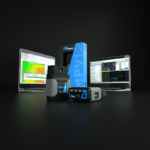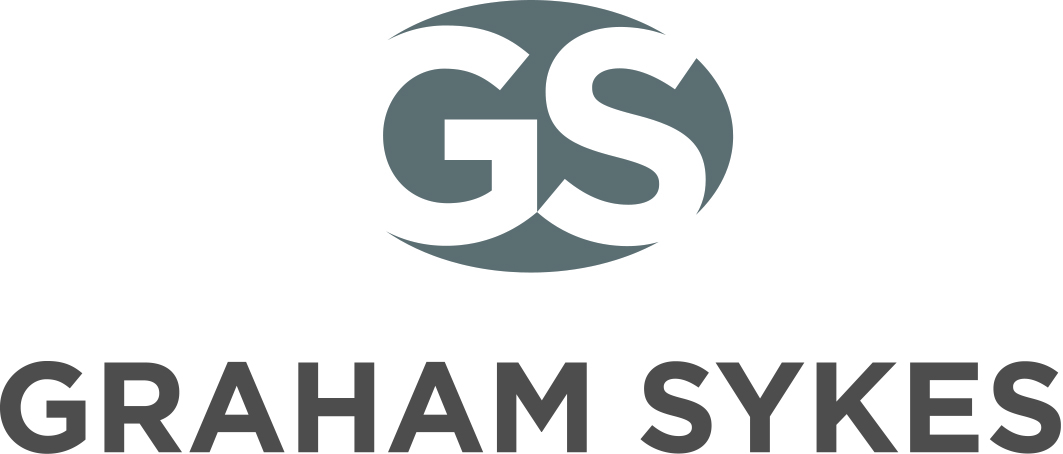COST-EFFECTIVE TUNING
As one of the aftermarket’s largest and most influential ECU calibrators, HP Tuners provides what it believes to be the most complete and cost-effective tuning and data acquisition solutions for enthusiasts and professional workshops.
The latest addition to this range of calibration options is the Remote Tuning Device (RTD) interface, a powerful OBD-II dongle that allows dealers, distributors and tuners to relay modified ECU software more easily to end-users.
* Read and flash with no need to modify or exchange the PCM/ECU
* Fastest flash time in the industry
* Option to lock the ECU recalibration or allow it to be shared
* Option to specify additional VCM Scanner data logging functionality
Closely related to HP Tuners’ flagship MPVI2 hardware, the new high-value RTD system delivers industry-leading ECU writing speeds, as well as greater data integrity and reliability than any other commercial package. It can also be configured to deliver ECU recalibration to multiple vehicles through the company’s unique credit-based licensing system.
What differentiates RTD from its all-singing, all-dancing MPVI2 sibling is the way it concentrates on delivering the industry’s finest ECU reading and writing software, minus the extra level of technology that grants the customer access to manually adjust an ECU tune.
Produced therefore without the company’s comprehensive VCM Editor suite, RTD can be seen as the affordable option for allowing an HP Tuners operative to skilfully optimise a given vehicle for the aftermarket components that have already been installed.
Once the individual tune has been written, the HP Tuners dealer, distributor or tuner simply emails the proprietary file to the purchaser of the RTD. The code is uploaded into the device via USB (Bluetooth syncing will be available soon), and then flashed into the vehicle’s ECU by the customer via the OBD-II port – hence the ‘Remote’ part of the product title.
Intriguingly, the HP Tuners operative can choose to either lock the customer’s RTD and retain secure ownership of the ECU recalibration, or leave it unlocked to create the possibility of the tune being shared. This means that if the customer has a friend or fellow owners’ club member that shares an identical engine set-up, the recalibrated ECU file can be licensed to tune another vehicle simply by adding credits to the device.
In addition, buyers of a Remote Tuning Device can opt to expand the capabilities of the system to include HP Tuners’ VCM Scanner data acquisition technology. This feature-rich programme allows operators to view, chart and log diagnostic data in real-time through the OBD-II port. This function can be enabled through the purchase of the comprehensive Pro Feature Set.
To learn more about HP Tuners RTD interface and optional VCM Scanner software visit www.hptuners.com ENDS.
| Print article | This entry was posted by admin on June 25, 2020 at 7:49 pm, and is filed under News. Follow any responses to this post through RSS 2.0. Both comments and pings are currently closed. |
Comments are closed.





















